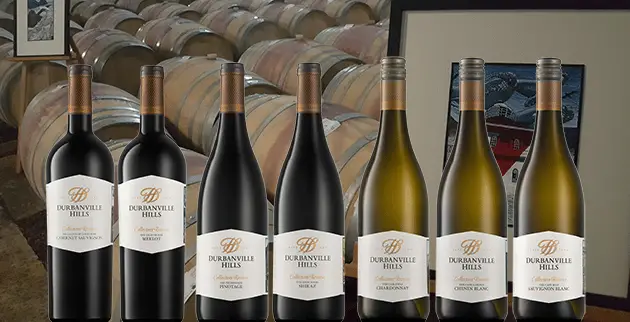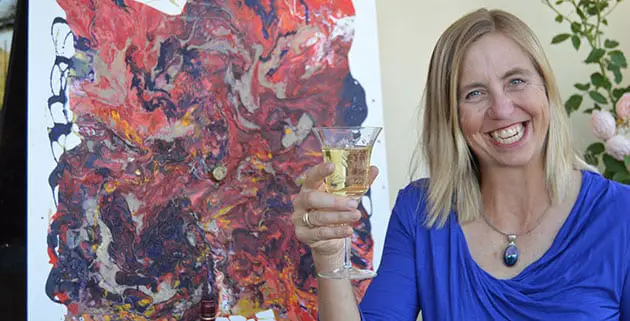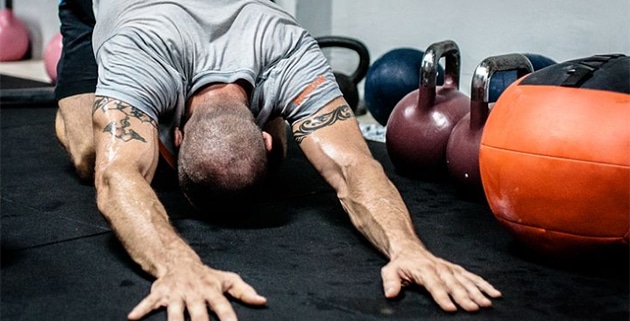The 7 C’s of buying a diamond
The diamond is symbolic of eternal love and previously celebrated and known through the ages to increase relationships and inner strength. When it comes to buying these rare and precious stones, habitually, one would keep in mind the 4 Cs: Colour, Clarity, Cut, and Carat. However, in spite of the 4 Cs, buying a diamond can be confusing, and shoppers often ignore the remaining 3 Cs, especially when you are not sure how to apply that information.
It may seem obvious, but prior to shopping for diamonds, you should begin with knowing what your partner prefers in a diamond. This will have an impact on which of the 7 C’s should be a priority while you shop.

1. Colour
Ensure you know what colour diamond your partner would prefer, as many individuals are particular about this. Opt for any of the “fancy” colours such as intense shades of blue, green, and yellow, orange, pink and red that might be more suited to your partner’s personality than the highly valued and popular colourless diamond. Warmer, hued diamonds dazzle when set in yellow gold whilst cold white colours are a perfect fit when setting in white gold or platinum. Once again, your partner’s preference is very important.
2. Clarity
Buying your partner a diamond with visible inclusions or blemishes is a recipe for disaster and not recommended. Whilst you may not be able to afford a flawless diamond, various other diamonds with inclusions that do not necessarily compromise the diamond’s beauty can be considered. However, an inclusion in the middle or top of a diamond will compromise the dispersion of light, making the diamond less brilliant and valuable.
3. Cut
If your partner values the brilliance, fire and scintillating quality of diamonds, then the cut should be the main priority to you. A well-cut diamond radiates a lot more brilliance, whilst a poorly cut one will look dull and lifeless. Consider a round, brilliant cut or a round Super Ideal Cut diamond. The cut also denotes the shape that the diamond can be fashioned into. Be sure to find out if your partner prefers round, princess, heart, cushion or marquise – to name a few of the available shapes.
4. Carat
If your partner is set on having a big stone, then the greater the carat weight – the better (this will come at a cost). One carat is equivalent to 0.2 grams. If your budget can’t fit the size that you want, then cut and mounting can make a diamond appear larger than its actual weight. Do some comparative window-shopping to find the right diamond setting in order to optimize the magnificence of the stone.
5. Cost
It is wise to choose a diamond that offers the best features valued by your partner but still boasts a good mixture of the first 4C’s (Cut, Colour, Clarity and Carat Weight). Depending on which feature is most important to your partner, you will be able to get an estimation of the cost. If you cannot find a diamond against those specifications that you can afford, consider going a grade lower or waiting until you have saved up enough for the ideal diamond.
6. Certificate
Ensure that the diamond that you want to buy has a certificate from the Gemological Institute of America (GIA) and a light performance report certification. A diamond certificate describes the quality of a particular diamond and lists all of its specifications. Don’t confuse certificates with an appraisal, the latter only places a value on the diamond.
7. Conscience
Your partner may not like the idea of wearing a diamond that may be linked to conflict diamonds (aka Blood Diamonds). Do some research and find out the source of origin of your diamond and that it has a 100% conflict-free assurance behind it to appease your conscience.
Once you have matched all of the specifications with your budget and have investigated the source and certification of the diamond, you are ready to find the ideal diamond that your partner will cherish forever.





